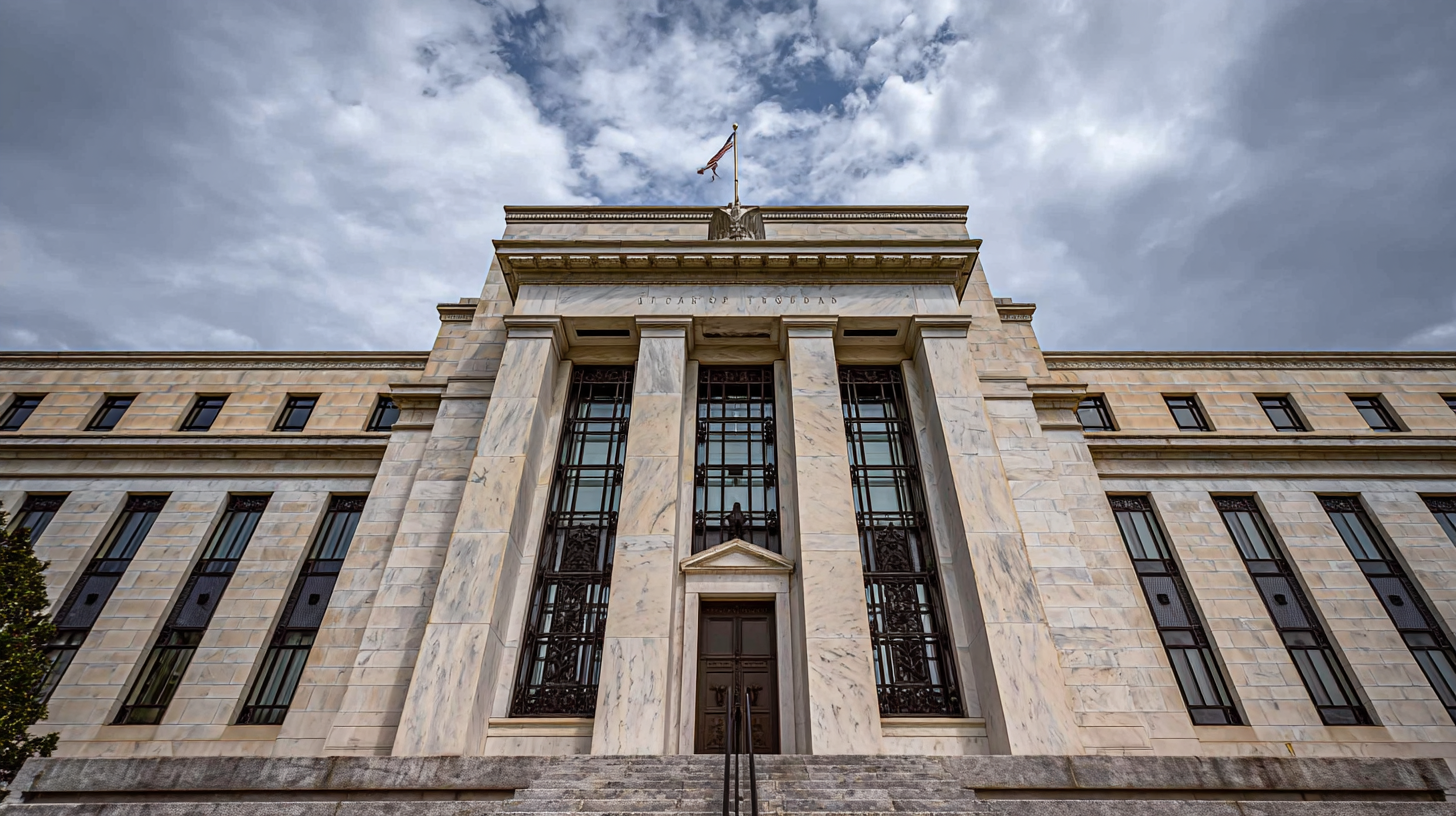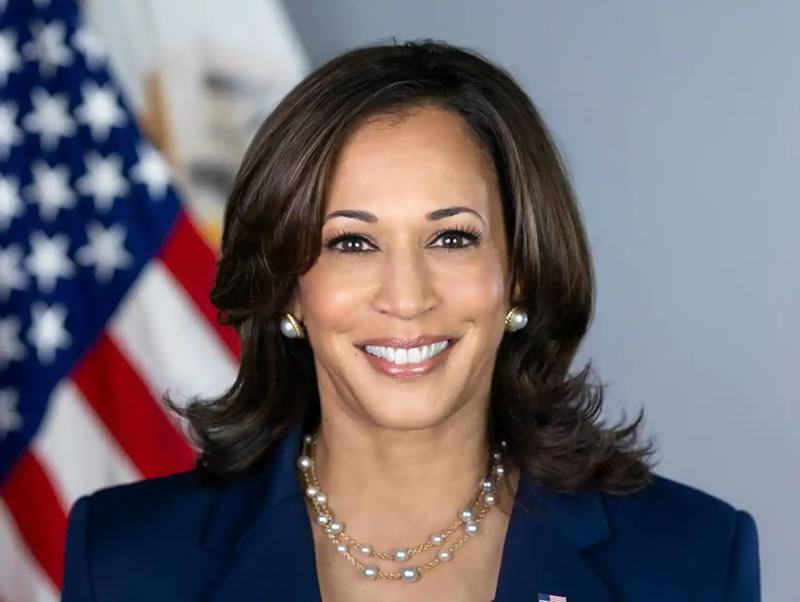President Trump and congressional Democrats are clashing over affordability following major Democratic victories in New Jersey and Virginia governor races.
Democrats flipped state legislative seats in traditionally red districts, reclaiming areas that had moved rightward.
Political analysts cite voter concern over the rising cost of living as a key factor.
The consumer price index showed annual inflation at 3% in September, the same level as when Trump took office.
Trump dismissed Democratic messaging on affordability as a “con.”
Energy prices and utilities
Energy costs, despite falling gasoline prices, played a critical role in these races.
Overall energy costs rose 2.8% year-on-year, while electricity bills jumped 5.1%, becoming a central issue in New Jersey.
Gov.-elect Mikie Sherrill proposed a utility cap after a 22% increase in electric bills.
Piped gas for ranges and heaters increased 11.7% over the past year, making it the most expensive energy subcategory.
Food and household expenses
Food prices rose 3.1%, with beef up 14.7% due to tariffs and declining cattle supply.
Bacon prices increased 5.8%, while pork rose only 1.6%.
Egg prices fell 1.3% following a bird flu recovery, and fresh whole chicken remained flat.
Dairy prices were stable, and fruits and vegetables rose just 1.3%.
Certain staples affected by tariffs, such as bananas and coffee, saw significant price increases — 6.9% and 19% respectively.
Household furnishings and supplies rose 3%, while apparel prices slightly declined by 0.1%, influenced by Trump’s closure of the de minimis loophole affecting cheap imported clothing.




